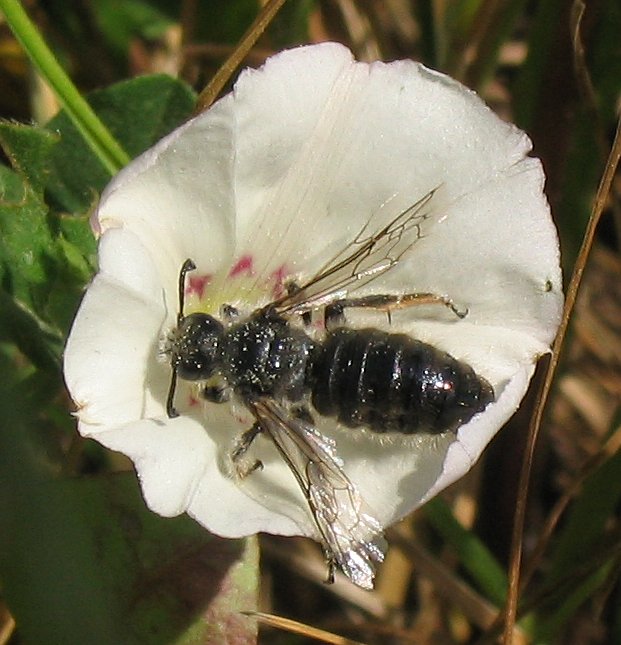|
Sphecodosoma
''Sphecodosoma'' is a genus of sweat bees in the family Halictidae. There are at least three described species in ''Sphecodosoma''. Species These three species belong to the genus ''Sphecodosoma'': * ''Sphecodosoma beameri'' (Bohart, 1965) * ''Sphecodosoma dicksoni'' (Timberlake, 1961) * ''Sphecodosoma pratti ''Sphecodosoma'' is a genus of sweat bees in the family Halictidae Halictidae is the second-largest family of bees (clade Anthophila) with nearly 4,500 species. Halictid species are an extremely diverse group that can vary greatly in appearan ...'' Crawford, 1907 References Further reading * Halictidae Articles created by Qbugbot {{Sweat-bee-stub ... [...More Info...] [...Related Items...] OR: [Wikipedia] [Google] [Baidu] |
Sphecodosoma Pratti
''Sphecodosoma'' is a genus of sweat bees in the family Halictidae Halictidae is the second-largest family of bees (clade Anthophila) with nearly 4,500 species. Halictid species are an extremely diverse group that can vary greatly in appearance. These bees occur all over the world and are found on every contine .... There are at least three described species in ''Sphecodosoma''. Species These three species belong to the genus ''Sphecodosoma'': * '' Sphecodosoma beameri'' (Bohart, 1965) * '' Sphecodosoma dicksoni'' (Timberlake, 1961) * '' Sphecodosoma pratti'' Crawford, 1907 References Further reading * Halictidae Articles created by Qbugbot {{Sweat-bee-stub ... [...More Info...] [...Related Items...] OR: [Wikipedia] [Google] [Baidu] |
Sphecodosoma Dicksoni
''Sphecodosoma dicksoni'' is a species of sweat bee in the family Halictidae Halictidae is the second-largest family of bees (clade Anthophila) with nearly 4,500 species. Halictid species are an extremely diverse group that can vary greatly in appearance. These bees occur all over the world and are found on every contine .... It is found in Central America and North America. References Further reading * Halictidae Articles created by Qbugbot Insects described in 1961 {{Sweat-bee-stub ... [...More Info...] [...Related Items...] OR: [Wikipedia] [Google] [Baidu] |
Halictidae
Halictidae is the second-largest family of bees (clade Anthophila) with nearly 4,500 species. Halictid species are an extremely diverse group that can vary greatly in appearance. These bees occur all over the world and are found on every continent except Antarctica. Usually dark-colored (frequently brown or black) and often metallic, halictids are found in various sizes, colors and patterns. Several species are all or partly green and a few are red, purple, or blue. A number of them have yellow markings, especially the males, which commonly have yellow faces, a pattern widespread among the various families of bees. The family is one of many with short tongues and is best distinguished by the arcuate (strongly curved) basal vein found on the wing. Females in this family tend to be larger than the males. They are commonly referred to as "sweat bees" (especially the smaller species), as they are often attracted to perspiration. Ecology Most halictids nest in the ground, often in ... [...More Info...] [...Related Items...] OR: [Wikipedia] [Google] [Baidu] |
